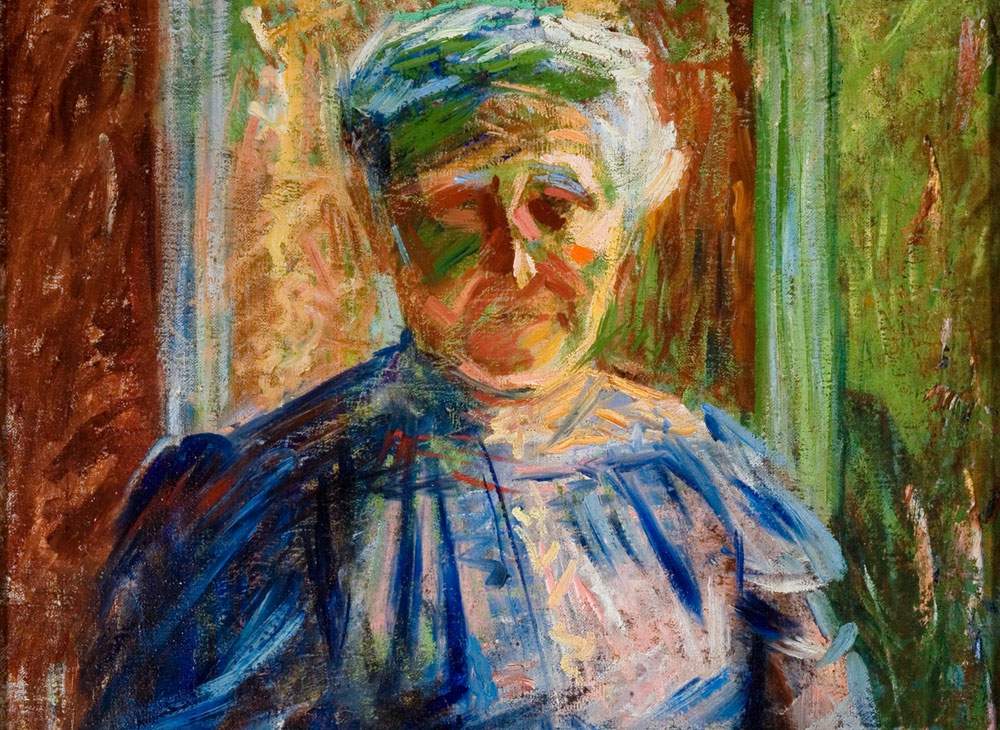Milan, an exhibition investigates the young Boccioni
From March 5 to May 5, 2021, Galleria Bottegantica in Milan presents the exhibition Il giovane Boccioni (The Young Boccioni): many exhibitions in recent decades have investigated the figure and art of Umberto Boccioni, but the artist’s youthful and formative phase has so far been little told.
The exhibition, curated by Virginia Baradel, intends to offer a careful selection of Boccioni’s works executed between 1901 and 1909, years in which the 20-year-old painter strengthened his artistic vocation through studies conducted in Rome, Padua, Venice and Milan and through his important stay in Paris in 1906 and his trip to Russia. In the works of that period, in fact, one can recognize the influence of different European figurative currents and an interest in the classical and Renaissance tradition. These are works through which Boccioni experimented, particularly with graphic production.
On display will be various drawings from the period of his apprenticeship. A nucleus of works, with a strong scholastic imprint, dating back to the period when he was a pupil of Giacomo Balla and attended schools of pictorial drawing and nude drawing in Rome, is flanked by another, more copious and diversified, traceable to the years immediately following, in which the stroke acquires confidence in rendering precise architectural visions, curious portraits, almost bordering on caricature, and human figures of extreme formal synthesis. The museum copies also belong to this apprenticeship period.
The exhibition will then focus on the commercial tempera paintings that Boccioni painted during these years for mostly economic reasons. The eagerness to learn and refine his artistic skills also characterizes the artist’s Venetian period, during which he experimented, under the guidance of the painter Alessandro Zezzos, with the engraving technique.
The exhibition concludes with Boccioni’s move to Milan in September 1907. His interest in the works of Giovanni Segantini, Carlo Fornara and Gaetano Previati, whom he had had the opportunity to admire a few months earlier at the Venice Biennale, oriented the young man toward the search for a style capable of reconciling positivist modernity withideality in the field of illustration and poster art. The coeval pictorial production finds expression in small views of Lombard landscapes that demonstrate an overcoming of the impressionist texture still present in canvases of the Venetian period.
Among the works on display are Lombard Landscape and The Sick Mother from 1908; Mourning constitutes the most heartbreaking outcome of the painter’s Symbolist interlude between 1908 and 1910. Also present are sketches for the poster of the Painting and Sculpture Exhibition promoted by the Famiglia Artistica in Brunate (May-June 1909): a synthesis of the different styles so far acquired by Boccioni, from divisionism to echoes of modernism.
Pictured: Umberto Boccioni, The Mother, detail (1912; oil on canvas, 52 x 35 cm; Piacenza, Galleria Ricci Oddi).
 |
| Milan, an exhibition investigates the young Boccioni |
Warning: the translation into English of the original Italian article was created using automatic tools. We undertake to review all articles, but we do not guarantee the total absence of inaccuracies in the translation due to the program. You can find the original by clicking on the ITA button. If you find any mistake,please contact us.




























